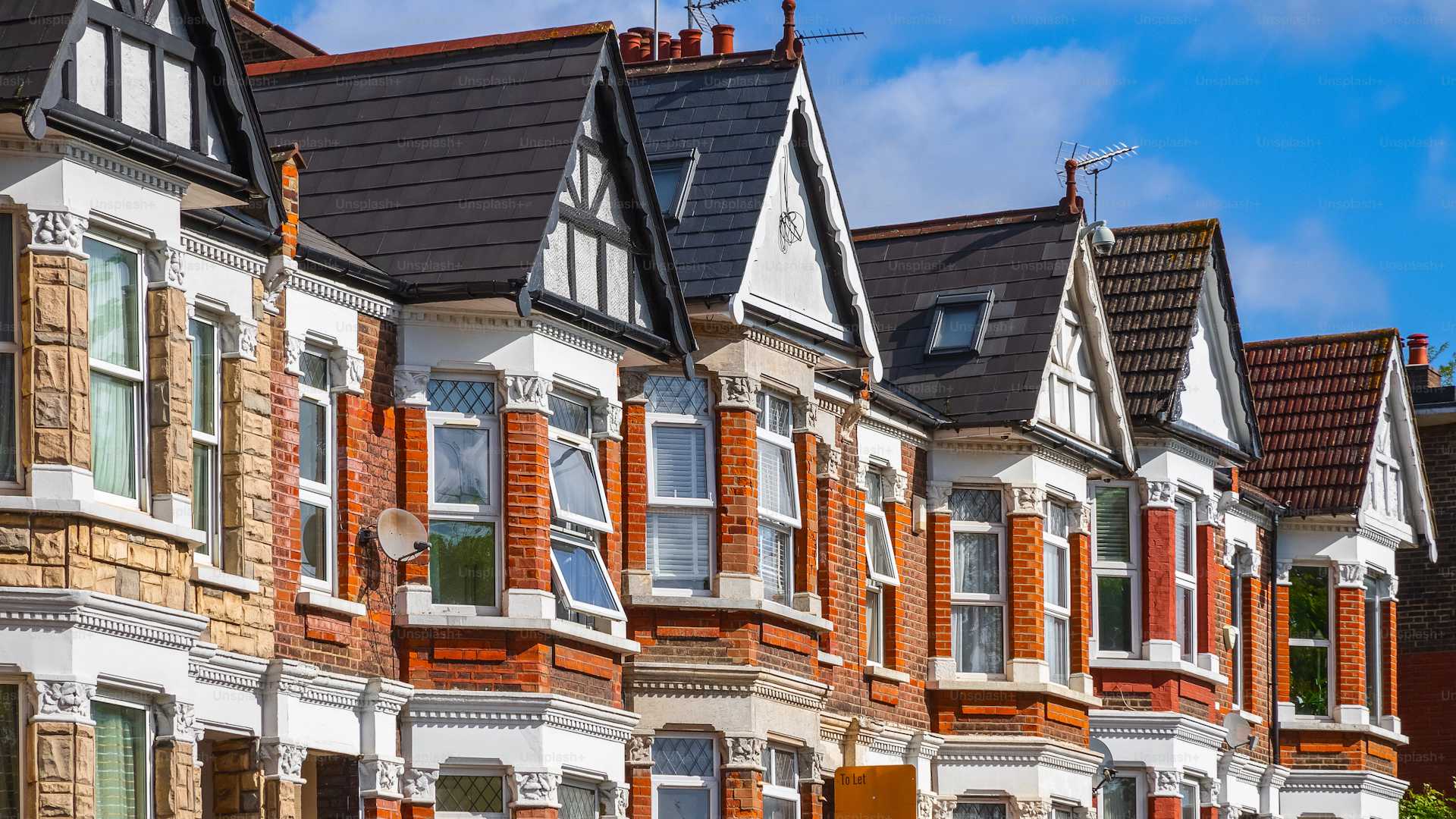
Asbestos Claims
The presence of asbestos in a rented property must be managed safely. If your landlord’s negligence has led to exposure, you have a right to claim.
See How Much You Could ClaimWhat is an Asbestos Claim?
Asbestos is a hazardous material commonly found in buildings built before 2000. An asbestos claim can arise if a landlord fails to manage asbestos-containing materials (ACMs) safely, leading to the release of dangerous fibres. This can happen during refurbishment work, or if existing ACMs (like textured ceilings or insulation boards) are damaged and left in a poor condition.
A Serious Health Hazard
Your Landlord’s Duty to Manage Asbestos
A Strict Legal Duty
Under the Control of Asbestos Regulations 2012, landlords have a legal duty to manage asbestos in their properties. This involves identifying its location and condition, assessing the risk, and creating a management plan. They must prevent exposure to asbestos fibres. If asbestos needs to be removed, it must be done by a licensed professional.
What a Successful Claim Provides
An asbestos claim can provide compensation for the anxiety and health risks, and ensure the material is made safe.
Compensation for Exposure
For the anxiety and psychological distress caused by the fear of developing future asbestos-related diseases.
Order for Safe Management
A legal order forcing your landlord to hire licensed contractors to safely manage, seal, or remove the asbestos-containing materials.
Key Evidence to Gather
Documenting your situation is crucial:
- Photos of damaged materials you suspect contain asbestos
- Copies of any asbestos surveys
- Written proof of reporting your concerns
- Medical reports if your health has been impacted
Asbestos FAQs
You cannot tell just by looking. If your home was built before 2000, it is likely to contain asbestos. Common places include textured coatings (like Artex), insulation boards, floor tiles, and boiler flue pipes. The only way to be certain is to have a sample tested by a UKAS-accredited laboratory.
Asbestos is safe if it is in good condition and left undisturbed. It only becomes dangerous when the material is damaged or drilled, cut, or sanded, as this releases microscopic fibres into the air which can be inhaled.
You should tell the workers to stop immediately, leave the area, and close any doors behind you. Contact your landlord and the Health and Safety Executive (HSE) urgently. Do not attempt to clean up any dust or debris yourself.
Yes. The fear and anxiety of being exposed to asbestos and potentially developing a serious illness in the future is a recognised form of psychological injury for which you can be compensated. This is a key part of many asbestos claims.
The removal of most types of asbestos-containing materials is a licensed activity. This means it must only be carried out by a contractor who holds a licence from the Health and Safety Executive (HSE). Your landlord cannot ask a general builder or themselves to remove it.
See How Much You Could Claim
Our free compensation calculator provides an instant estimate based on your rent, the issues, and how long you’ve been affected. It’s 100% confidential with no obligation.
Use The Free Calculator